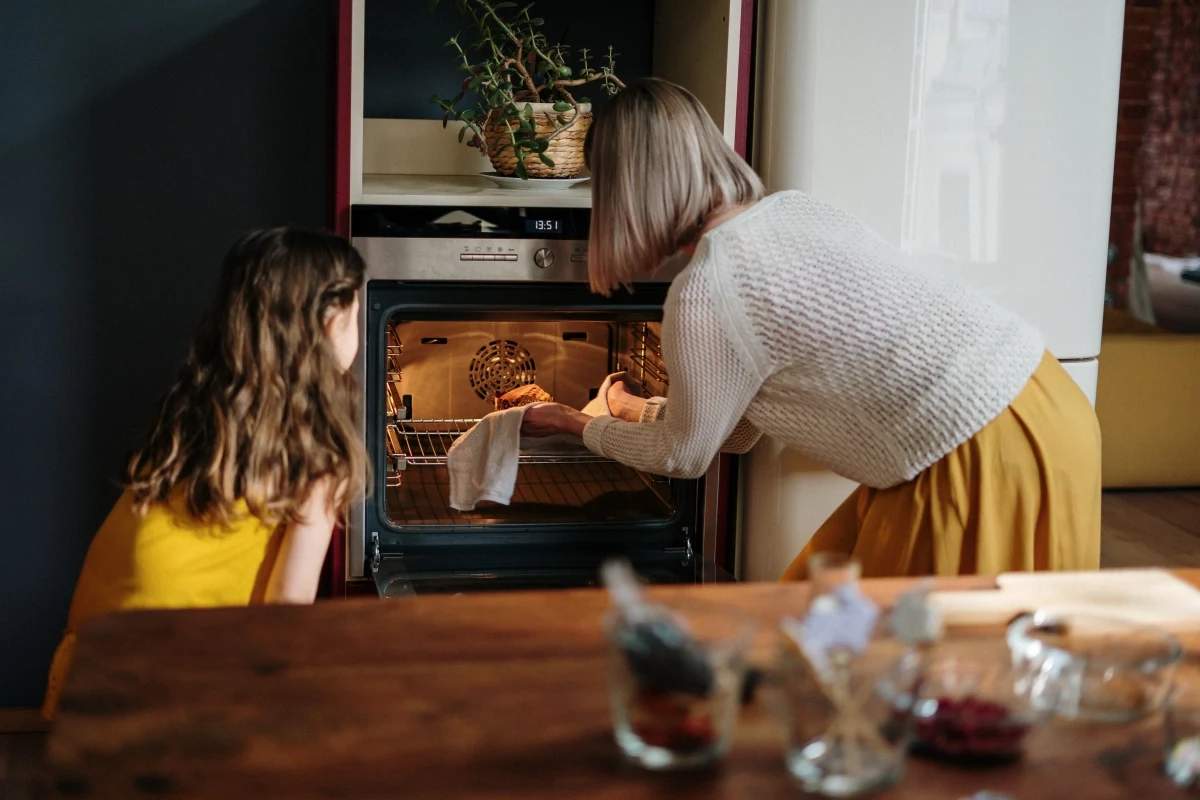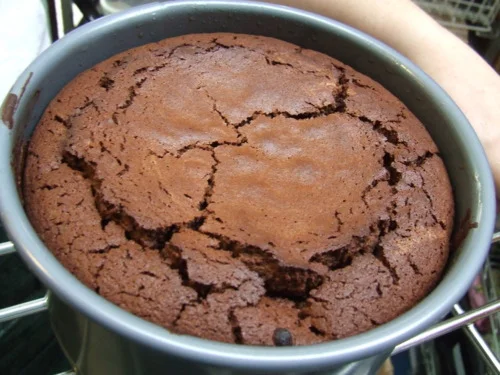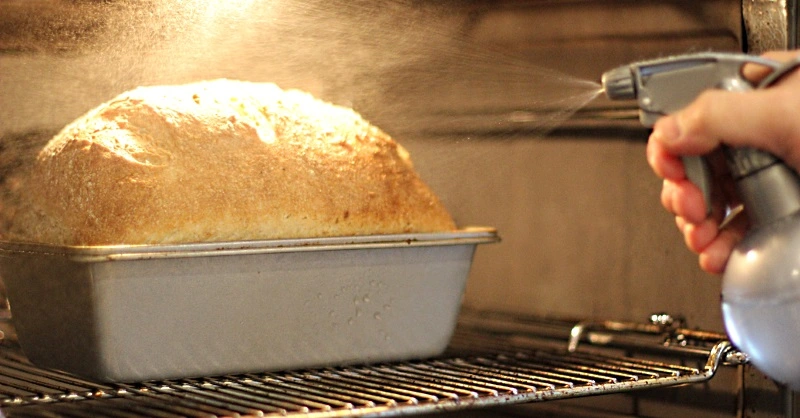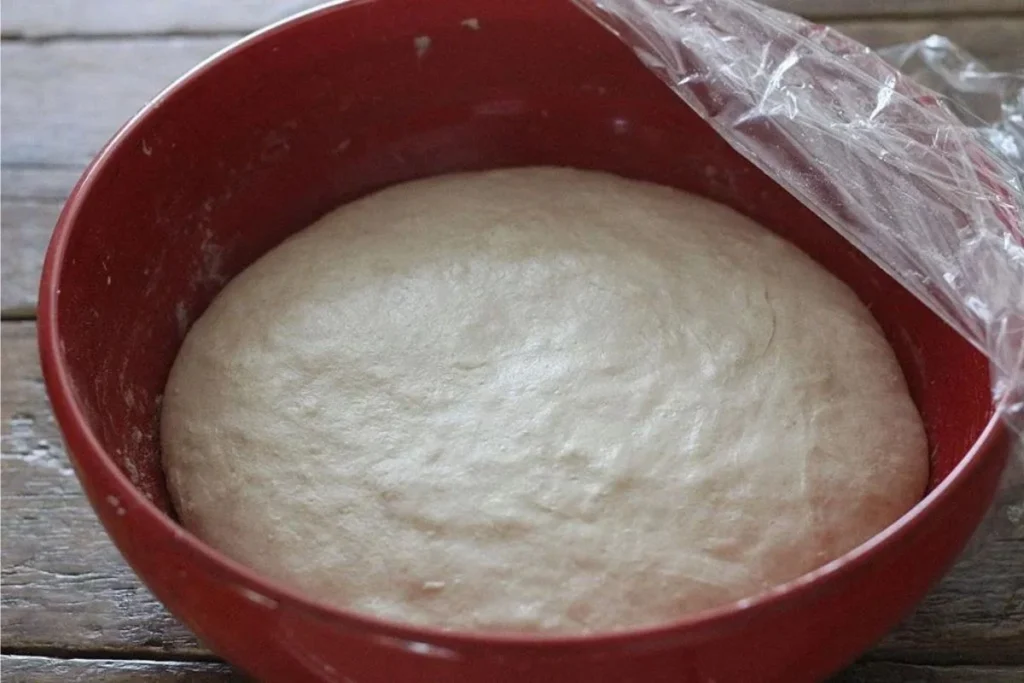
The Importance of Adding Water to Your Oven When Baking a Cake
There’s nothing quite like the satisfaction of baking a perfectly moist and fluffy cake. However, if you’ve ever been frustrated by a cake turning out dry, flat, or unevenly baked, you’re not alone.
While many factors can affect the outcome of your baked goods, one simple yet often overlooked trick is adding water to your oven while baking. This may sound counterintuitive, but it can make a world of difference in the texture and appearance of your cakes.
In this article, we’ll explore why adding water to your oven is crucial for baking like a pro, and how you can easily implement this technique in your own kitchen. Whether you’re a seasoned baker or a beginner, mastering this simple trick can take your cakes to the next level and impress your friends and family with your baking skills.
So let’s dive in and learn all about the importance of adding water to your oven when baking a cake!
Table of Contents
ToggleThe Role of Water in Baking
Water is one of the most important ingredients in baking. It not only hydrates the ingredients but also helps to activate the gluten in the flour, which gives baked goods their structure. In addition, water helps to regulate the temperature of the oven, which is crucial for even baking.
Without enough moisture in the oven, the air can become too dry, causing the surface of the cake to dry out and form a crust before the center is fully baked. This can result in a cake that is dry, tough, and unappetizing.

What Happens When You Don’t Add Water to Your Oven?
While adding water to the oven when baking a cake offers numerous benefits, it’s essential to understand the potential consequences of not incorporating water in your baking process. When you omit water, the following outcomes may occur:
- Dry and Cracked Texture: In the absence of water or steam, the cake may lack sufficient moisture, leading to a dry and crumbly texture. Additionally, the lack of steam can cause cracks to form on the cake’s surface. It is crucial to ensure the presence of water or steam during the baking process to maintain the cake’s desired moistness and prevent surface imperfections like cracks.
- Uneven Baking: Water in the oven helps in promoting even heat distribution. Without it, certain areas of the cake may bake faster than others, leading to uneven baking. This can cause some portions of the cake to be overcooked or burned while others remain undercooked.
- Limited Rise and Fluffiness: Water plays a crucial role in the baking process, specifically in the rising of cakes. Its moisture content facilitates the expansion of the batter, enabling the cake to achieve a desirable light and airy texture. Devoid of water, the cake’s rise would be impeded, leading to a compact and less spongy consistency that lacks the desired fluffiness.
- Less Tender and Soft Cake: Water is an essential ingredient for creating a delicate and velvety texture in cakes. Its presence ensures a moist and tender crumb, adding a delightful softness that pleases the palate. Absence of water during baking can result in a denser and less enjoyable cake, lacking the desired lightness. Thus, water plays a pivotal role in crafting a cake that is both visually appealing and a delight to savor.
- Increased Risk of Overbaking: The presence of moisture in the oven helps to regulate the baking temperature and prevent overbaking. Without water, there is a higher risk of the cake being exposed to excessive heat, leading to dryness and a less desirable taste.
The Importance of Adding Water to Your Oven
Adding water to your oven while baking can help to ensure that your cakes turn out moist, fluffy, and evenly baked. The steam created by the water helps to keep the air in the oven moist, which prevents the surface of the cake from drying out too quickly.
This allows the cake to rise evenly and develop a tender crumb. In addition, the steam helps to regulate the temperature in the oven, which can prevent hot spots and ensure that the cake bakes evenly.
How Water Affects the Baking Process
Water plays a crucial role in the baking process. When the water in the batter or dough is heated, it turns into steam, which causes the baked goods to rise. This is because the steam creates pockets of air in the batter, which expand as they heat up. As the air pockets expand, they push against the walls of the batter, causing it to rise.
The steam also helps to activate the gluten in the flour, which gives baked goods their structure. Without enough moisture in the oven, the gluten can become dry and tough, resulting in a cake that is dense and heavy.
Benefits of Adding Water to Your Oven When Baking Cakes
There are several benefits to adding water to your oven when baking cakes. First, it helps to keep the air in the oven moist, which prevents the cake from drying out too quickly. This can help to ensure that the cake rises evenly and develops a tender crumb. Second, the steam helps to regulate the temperature in the oven, which can prevent hot spots and ensure that the cake bakes evenly.
Third, the steam can help to create a shiny, golden crust on the cake, which can be especially important for cakes that are meant to be served without frosting. Finally, adding water to your oven can help to prevent the cake from cracking, which can be a common problem with certain types of cakes, such as cheesecakes.
The Right Amount of Water to Add
The amount of water you should add to your oven when baking a cake will depend on the size of your oven and the type of cake you are baking. As a general rule, you should aim to add enough water to create a thin layer of steam in the oven.
This can be achieved by pouring about 1 cup of water into a shallow baking dish and placing it on the bottom rack of the oven while the cake bakes. If you have a larger oven, you may need to add more water to create enough steam.

5 Techniques for Adding Water to Your Oven
There are several techniques for adding water to your oven when baking a cake.
- An effective technique for maintaining cake moisture is to add water to a shallow baking dish and position it on the oven’s lower rack during the baking process. This method helps create a moist baking environment, preventing the cake from drying out and ensuring a deliciously tender texture
- Another effective technique involves transferring water to a spray bottle and delicately misting it into the oven at regular intervals during the cake’s baking process. This method ensures the even dispersion of steam throughout the oven, enhancing the cake’s moisture and texture. By employing this approach, bakers can achieve optimal results and a delectable, evenly baked cake.
- Steam Tray Method: Place a heatproof tray filled with water on the bottom rack of the oven before preheating. As the oven heats up, the water will evaporate and create steam, which helps to keep the cake moist. This method is especially effective for cakes that require longer baking times.
- Ice Cube Method: To effortlessly add moisture to your cake while baking, simply place a handful of ice cubes directly on the oven floor or on a baking sheet on the lower rack. As the ice melts, it generates steam that permeates the oven, infusing your cake with much-needed moisture. This hassle-free technique is both convenient and requires minimal exertion on your part.t.
- Damp Towel Method: Soak a clean kitchen towel in water, wring out the excess moisture, and then place it in the bottom of the oven. The towel will release steam as the oven heats up, creating a moist environment for the cake. Make sure to monitor the towel and replace it if it dries out during baking.
Remember, always exercise caution when handling hot water or using these techniques. Use oven mitts or a potholder to protect yourself from burns.
Common Mistakes to Avoid When Adding Water
While adding water to your oven can be a simple and effective technique for improving your cake baking, there are some common mistakes to avoid.
- To ensure safety, it is crucial to add water only to a preheated oven. Introducing cold water into a hot oven can lead to the shattering or cracking of the glass in the oven door. Thus, exercising caution by following this practice prevents potential accidents or damage to the oven..
- Secondly, it is important to select a shallow baking dish specifically designed for oven use. Opting for a dish that is excessively deep can result in the water overflowing and causing a chaotic situation inside your oven, leading to unnecessary mess and inconvenience. Hence, always choose a suitable dish to ensure a smooth and hassle-free baking experience.
- When baking a cake, it’s essential to resist the temptation of frequently opening the oven door. Doing so can release valuable steam, leading to a dry and unevenly baked cake. To achieve a moist and perfectly baked result, exercise patience and trust in the oven’s consistent heat by refraining from peeking until the cake is ready to be checked for doneness.
Tips and Best Practices for Using Water in the Oven
To make the most out of adding water to your baking process, here are some tips and best practices:
Choosing the Right Pan: When employing a water bath or moisture trapping method for baking, it is crucial to opt for a pan that is both leak-proof and suitable for use in the oven. Springform pans are commonly favored for water baths because they effectively prevent any water from infiltrating the cake, ensuring a moist and perfectly baked result.
Adjusting Baking Time and Temperature: When using water in the oven, it may be necessary to adjust the baking time and temperature slightly. The presence of steam can increase the moisture content in the oven, affecting the overall cooking process. Keep a close eye on the cake and make necessary adjustments to ensure it bakes perfectly.
Monitoring Water Levels: If you’re using a method that involves introducing water into the oven, like steam injection or moisture trapping, it is vital to regularly check the water levels during baking. Make sure to refill the water as necessary to ensure a steady and uninterrupted supply of steam, thus helping to maintain consistent baking conditions.
Common Misconceptions Debunked
Let’s address some common misconceptions about using water in the oven when baking cakes:
Water Will Not Make the Cake Soggy
Adding water to the oven will not make the cake soggy. On the contrary, it helps in creating a moist environment, allowing the cake to retain its moisture and achieve a tender texture.
Water Bath Is Not Required for All Cakes
While water baths are commonly used for certain cake recipes, such as cheesecakes, not all cakes require this technique. The decision to use a water bath depends on the specific recipe and the desired outcome.

Other Tips to Improve Your Cake Baking
In addition to adding water to your oven, there are several other tips you can use to improve your cake baking.
- To ensure successful baking, it is crucial to meticulously measure your ingredients and adhere closely to the recipe. Baking is a precise science, and even minor deviations from the instructions can significantly impact the final result of your delightful treats. Stay accurate and meticulous for consistently delicious baked goods.
- Secondly, it is crucial to utilize top-notch ingredients to enhance the overall quality of your dish. Incorporate fresh eggs, butter, and flour into your recipe, ensuring their freshness and purity. These high-quality components will significantly contribute to the flavor, texture, and overall success of your culinary creation. Paying attention to ingredient quality is a fundamental step in achieving exceptional results in your cooking endeavors.
- In order to achieve culinary success, it is crucial to utilize appropriate tools. These include a high-quality mixer for efficient blending, precise measuring cups and spoons for accurate quantities, and a dependable oven thermometer for optimal temperature control. Employing the right equipment enhances the overall cooking experience and ensures consistent and delightful results.
Conclusion
Adding water to your oven while baking a cake may seem like a small detail, but it can make a big difference in the texture and appearance of your cakes. By creating a layer of steam in the oven, you can help to ensure that your cakes turn out moist, fluffy, and evenly baked.
Whether you’re a seasoned baker or a beginner, mastering this simple trick can take your cakes to the next level and impress your friends and family with your baking skills.
So next time you’re baking a cake, don’t forget to add water to your oven and watch as your cakes rise to new heights of deliciousness!
Lindsey Mackenzie
About me
Hi there! I’m Lindsey Mackenzie, the founder of Bake Smartly. Baking has been my passion since childhood, growing up in my father’s bakery. With Bake Smartly, I’m excited to share my love for all things sweet and savory. Join me on this delicious journey as we whip up scrumptious treats and sprinkle joy into every bite!






